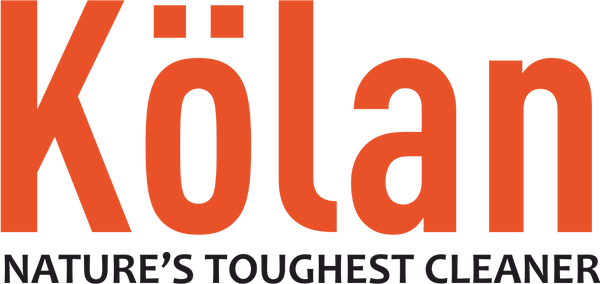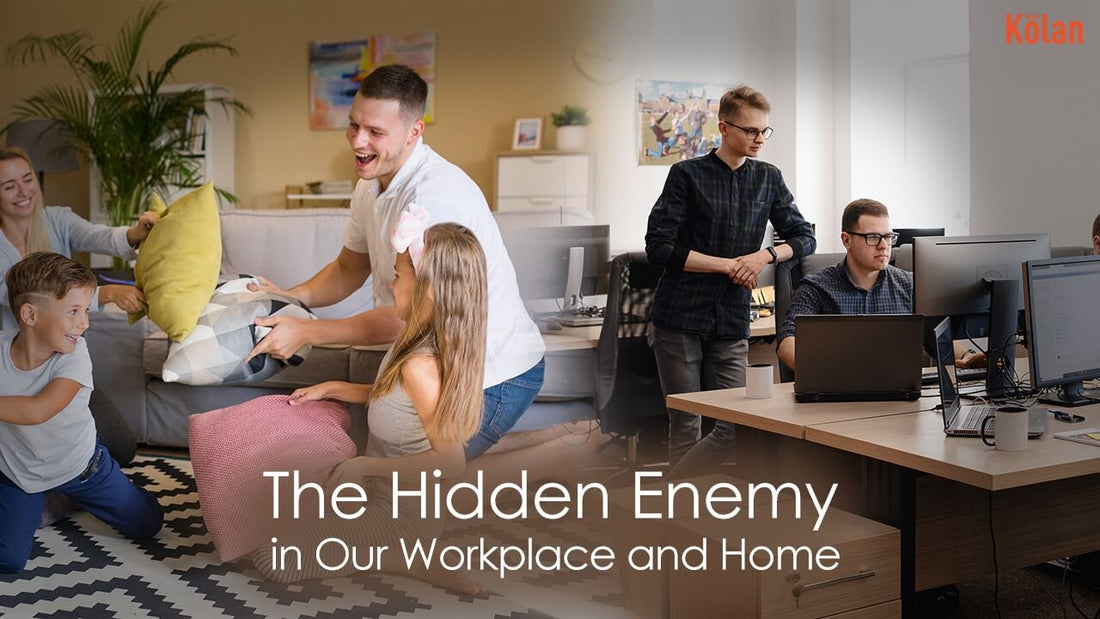What is Indoor Air Quality (IAQ)?
Indoor air quality or IAQ shows how clean the air inside our buildings are where we live and work. We spend 75 percent of our time indoors in our home and offices, this means that most of us are constantly living in tight spaces in a toxic bubble. Though out door pollution is always regarded as a matter of concern. Fact is indoor levels of pollutants are 2 to 5 times higher than the outdoor pollutant levels and can be 101 % higher in some cases . While, we CAN SEE ,SMELL and even Taste outdoor pollution, indoor air pollutants remain an invisible enemy, as it becomes hard to trace the actual cause of many health related problems.
Indoor air quality is considered one of the top environmental health concern It is the cause of many health problems such as asthma, headaches, nausea, fatigue, dry eyes, nasal congestion and life threatening diseases such as cancer. Sometimes Indoor air can also be worse than outdoor air.
How to suspect our workplace has indoor air pollution?
If you feel any discomfort in breathing, it’s a sign that the air you are inhaling is the polluted air. This may lead to health issue if ignored or not taken a right step in long run. Proper ventilation system and a chemical free cleaning option can help to improve the air quality level.
What are the most COMMON CAUSES OF IAQ?
Studies have shown the indoor air quality is toxic due to many reasons including poor ventilation system and chemical cleaning methods etc. The most common causes of indoor air pollutants are:-
- Confined and poorly ventilated areas
- Fuel used for cooking or heating
- Tobacco smoke
- Pet danter
- Microbes like mold and mildew
- Emission of VoC
- And one of the biggest causes of all - common household cleaners, sanitizing and disinfecting products.
- Opening the doors and windows to let in fresh air on good air quality days, from time to time helps in ventilating homes and help in releasing the toxic pollutants, in your home.
- Cooking process itself produces fumes, gases and pollutants in the air from heating oil, fat and other food ingredients, especially at high temperatures. We use a variety of cooking fuels like gas, wood, and electricity to cook food. Natural gas and propane stoves releases harmful pollutants in the air like nitrogen oxide (NO) and nitrogen dioxide (NO2), carbon monoxide (CO), and formaldehyde (CH2O or HCHO , which can be toxic to people and pets. While cooking on wood stove results in high levels of indoor air pollution from wood smoke. It is very important to have well ventilated kitchens The best way to ventilate your kitchen is to use a properly-installed, high efficiency range hood over your stove.
- Environmental tobacco smoke or EQS Tobacco smoke is, the most significant environmental contaminant to which we are exposed indoors. Smoke released from cigarettes, cigars and pipes is a complex mix of particles and compounds. Airborne particulate matter is 2–3 times higher in homes of smokers. Good Ventilation and filtration techniques can help reduce the pollutants but not eliminate. Stopping smoking indoors is the only way to completely eliminate EQS from indoor environment.
- Pet dander is dried skin cells from pets; skin cells are light and small almost microscopic they are so light they float in the air and settle on surfaces like furniture and carpet, pet hair acts as a vehicle to transport the dander around effecting the indoor air quality and hence triggering allergies, and asthma attacks.
- Indoor Humidity level between 40 to 60 percent is considered to be ideal for comfort and to prevent microorganism growth. High humidity levels promotes bacterial growth and worse MOLD, which releases airborne spores another common allergens that , can cause allergic reactions like coughing wheezing and headache Low humidity levels means viruses can survive longer and spread more rapidly. Warm and Damp areas resulting from daily activities around the house like bathing, washing clothes or cooking attract moulds. That’s why if you do have a serious mold issue, it needs to be tackled.
- Volatile organic compounds, or VOCs, include a wide range of chemicals used today in Building material, wall paints, wood preservatives, air fresheners, pesticides, Personal care products, glues, adhesives etc. VOCs are emitted as gases which adversely affects human health. Eye irritation, headaches, dizziness, visual disorders, memory impairment ,respiratory tract infections are few of the symptoms that some people have experienced soon after being exposure to VOC’s, and in some extreme cases even cancer. Avoid air fresheners and aerosols .Choose low voc paints and building materials.
- We often don't realize the main source of indoor air pollution is our household cleaning products, though they are effective at ridding the home of dirt and harmful pathogens. They pose serious health hazards to our pets, children, and family and environment. Toxic fumes from chemicals in home cleaners cause irritable eyes, sore throat, and even headaches, aggravate allergies, asthma and chronic respiratory issues. Conventional cleaners that we use to clean around our home and office spaces are full of harmful chemicals. They release VOC (Volatile organic compounds) in the air which is the root cause of various diseases with long term side effects.
Using nontoxic cleaning products will go a long way in safe guarding you and your family’s health.
Right Time to Switch For A Healthy Airflow! Kolan Organic Cleaners
It’s time we switch to healthier and safer options of cleaning. Kolan Organic Enzymatic Cleaners are perfect for cleaning and sanitizing your workplace and home, while keeping our family and our planet safe. Kolan enzymatic cleaners help tackle mold and mildew and keep your indoor air fresh and healthy. Kolan pet products not just keeps your home odour free but also free of pet dander.


